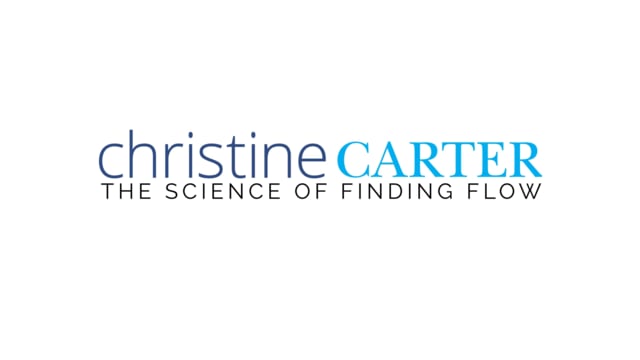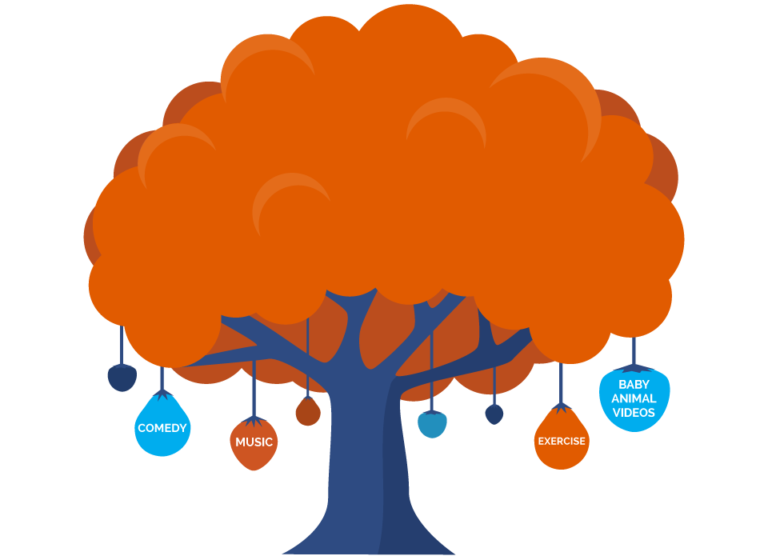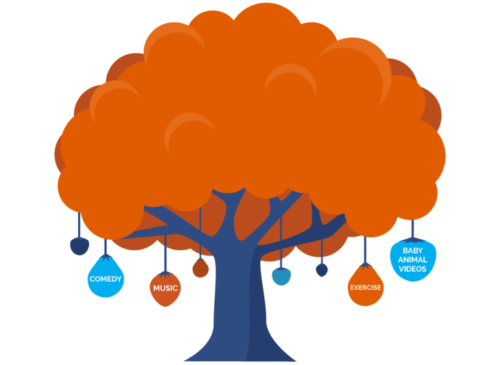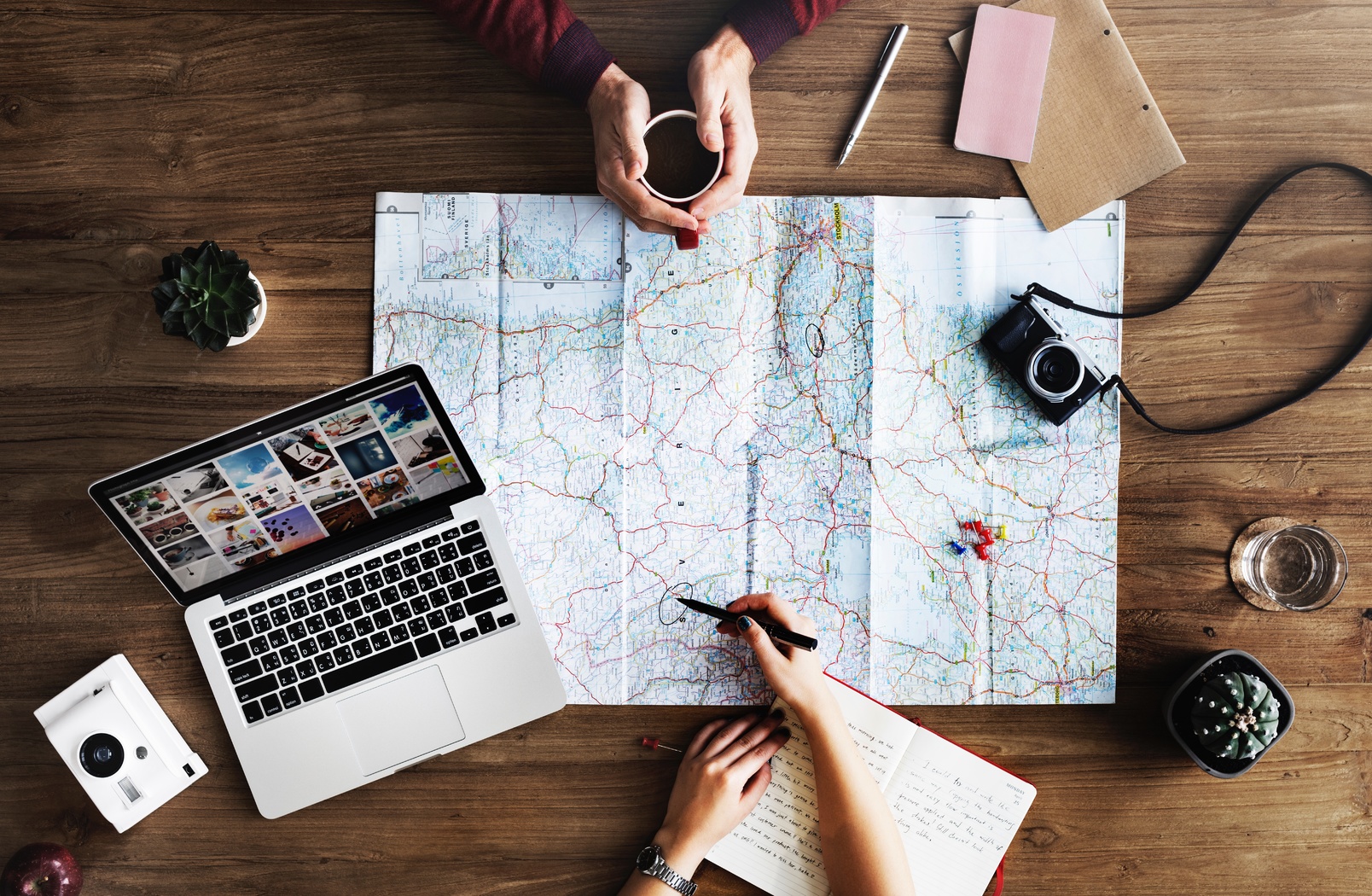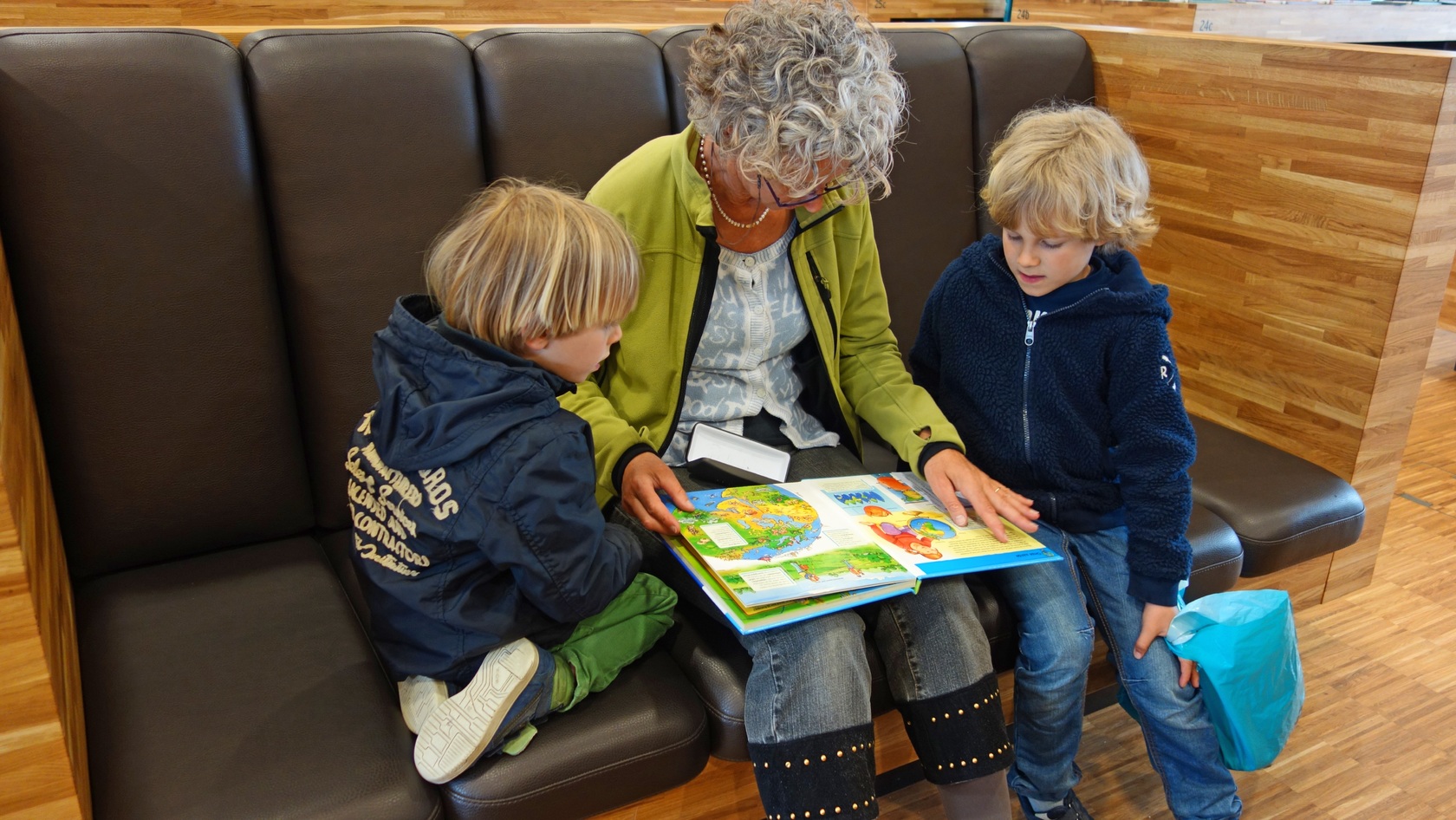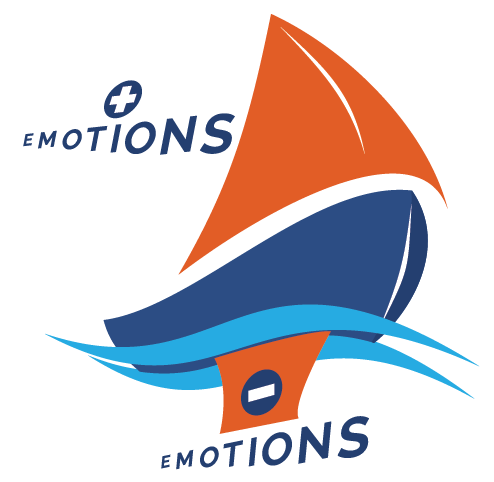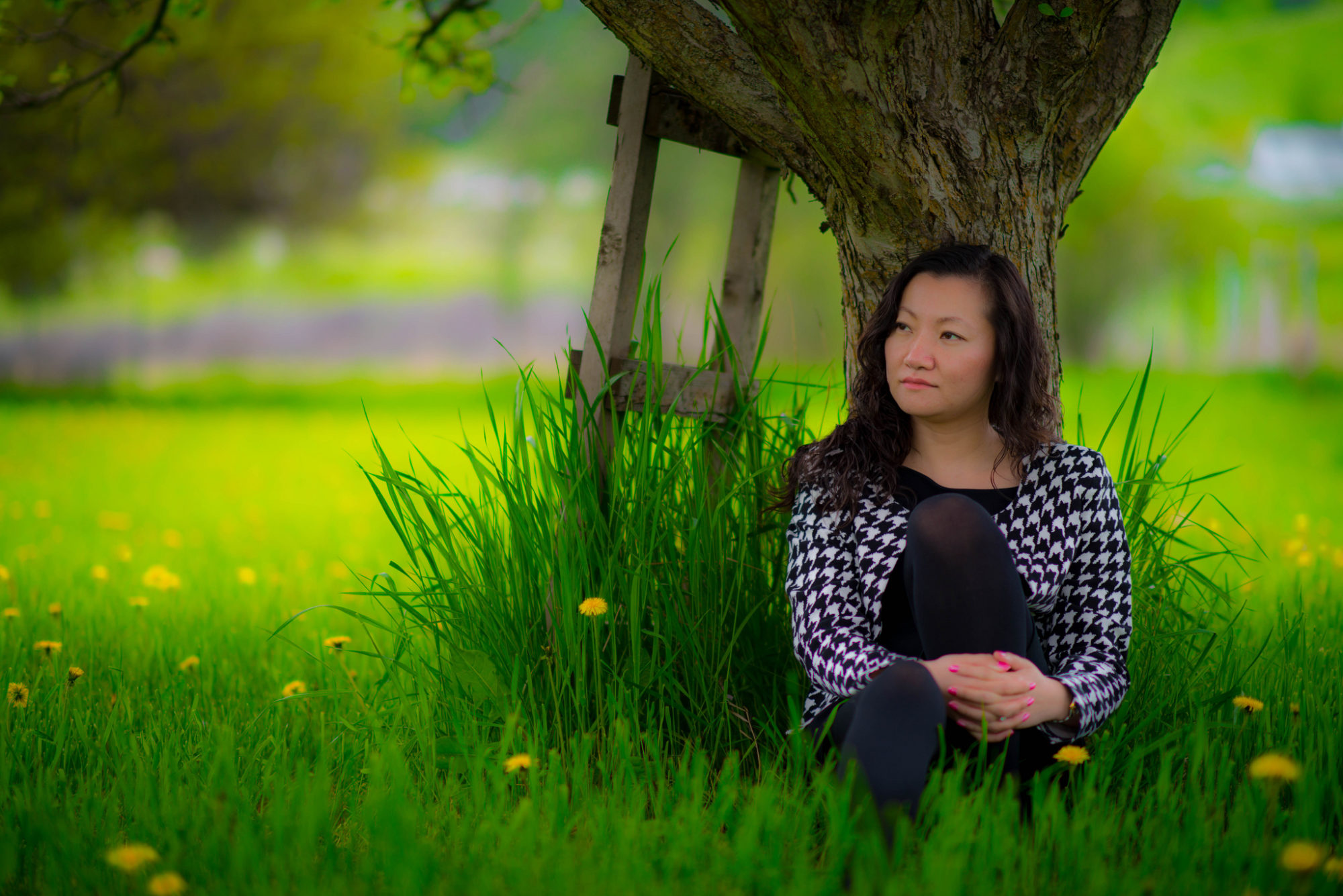It probably won’t surprise you to learn that research shows that having an ability to build relationships predicts how well people do at work. I was a little surprised to learn, however, that being skillful at building relationships proved to be more highly rated than a “focus on results” in determining whether or not a manager is rated among the top 10 percent of leaders in a given company. Similarly, a person’s social skills (which are strongly related to the breadth and the depth of their social connections) are twice as important as intelligence for predicting whether or not they will emerge as a leader when they are assigned to a random team project.
Deep office friendships boost job satisfaction by about 50%, according to a Gallup report. Thinking of applying for a job where your best friend works? Do it: We are seven times as likely to be highly engaged at work if we have a best friend that works at the same place.

And a deep well of research shows that positive social connections protect our health. According to Barbara Fredrickson:
A lack of connection is, in fact, more damaging to your health than smoking cigarettes, drinking alcohol excessively, or being obese. Specifically, these studies tell us that people who experience more warm and caring connections with others have fewer colds, lower blood pressure, and less often succumb to heart disease and stroke, diabetes, Alzheimer’s disease, and some cancers.
Your relationships are as predictive of how long you will live as obesity, high blood pressure, or smoking! As Matthew Lieberman, author of Social: Why Our Brains Are Wired to Connect, puts it: “Increasing the social connections in our lives is probably the single easiest way to enhance our well-being.” This is because what makes us human is our sociality—our desire for and focus on social connections, loving relationships, and warm interactions with others.
This post is from a series about social connections from the “Science of Finding Flow,” an online course I created as a companion to my book The Sweet Spot: How to Accomplish More by Doing Less. Want to go on to the next class or start the course from the beginning? It’s free! Just go to The Science of Finding Flow course page. Enjoy!


